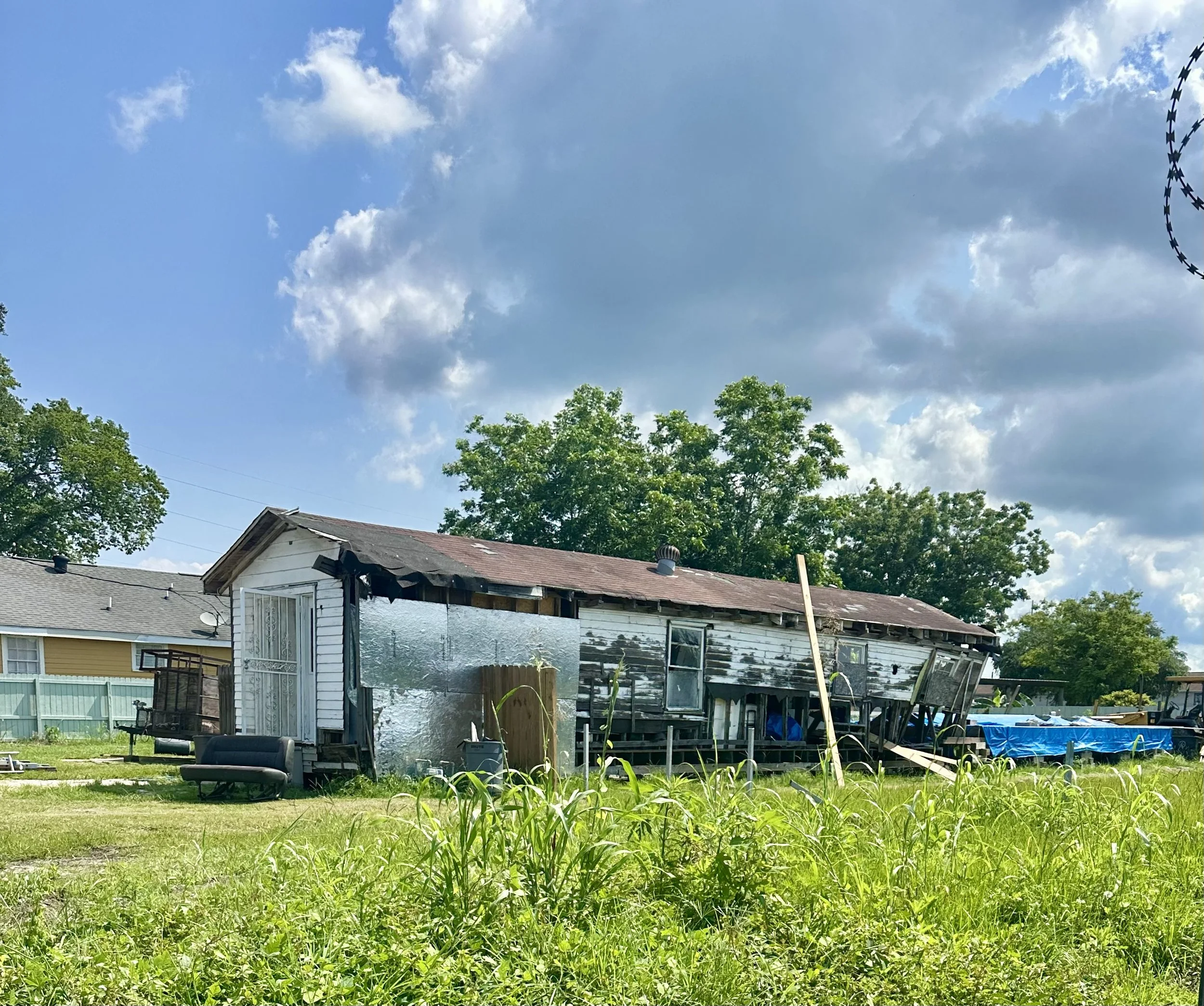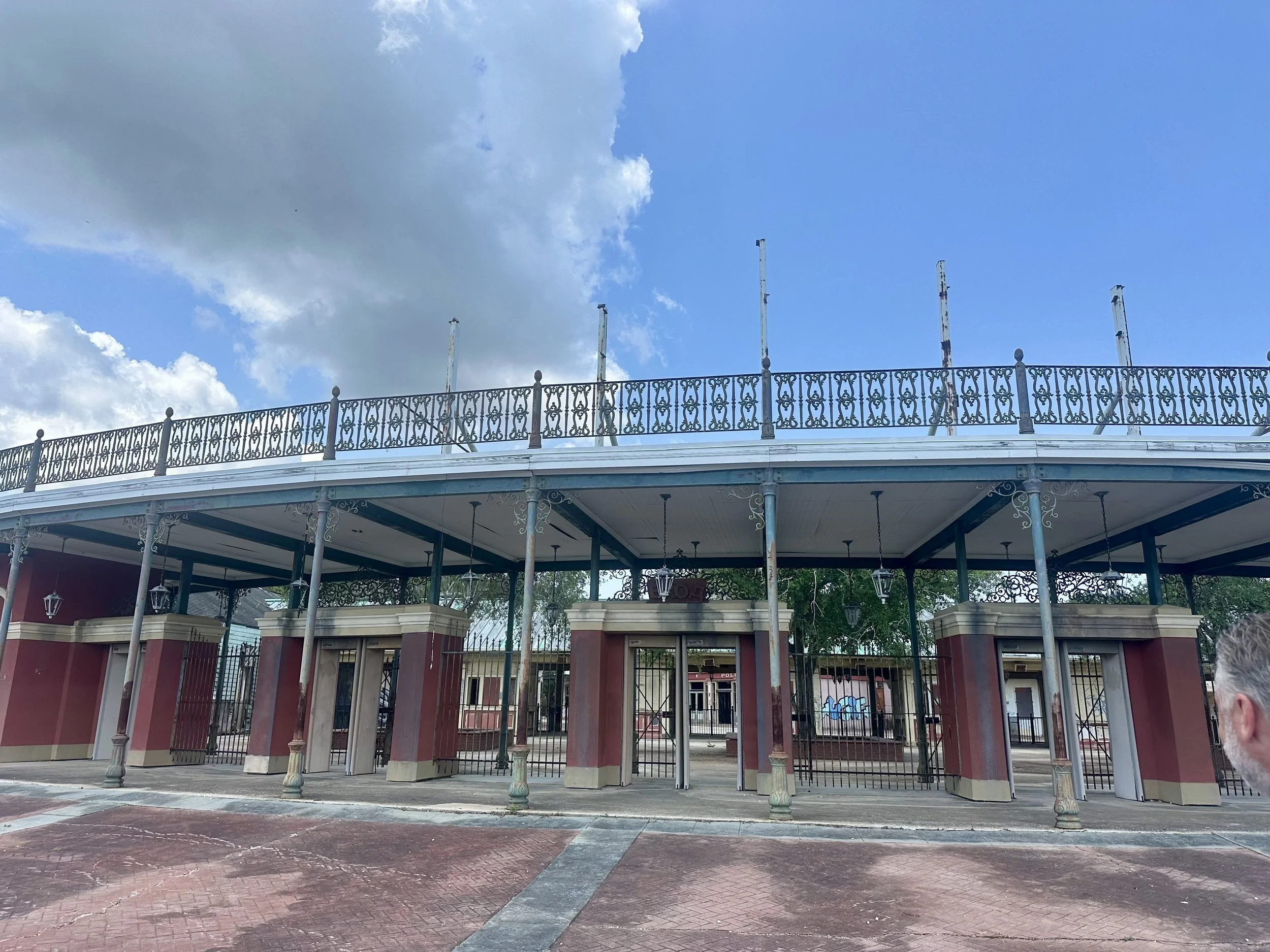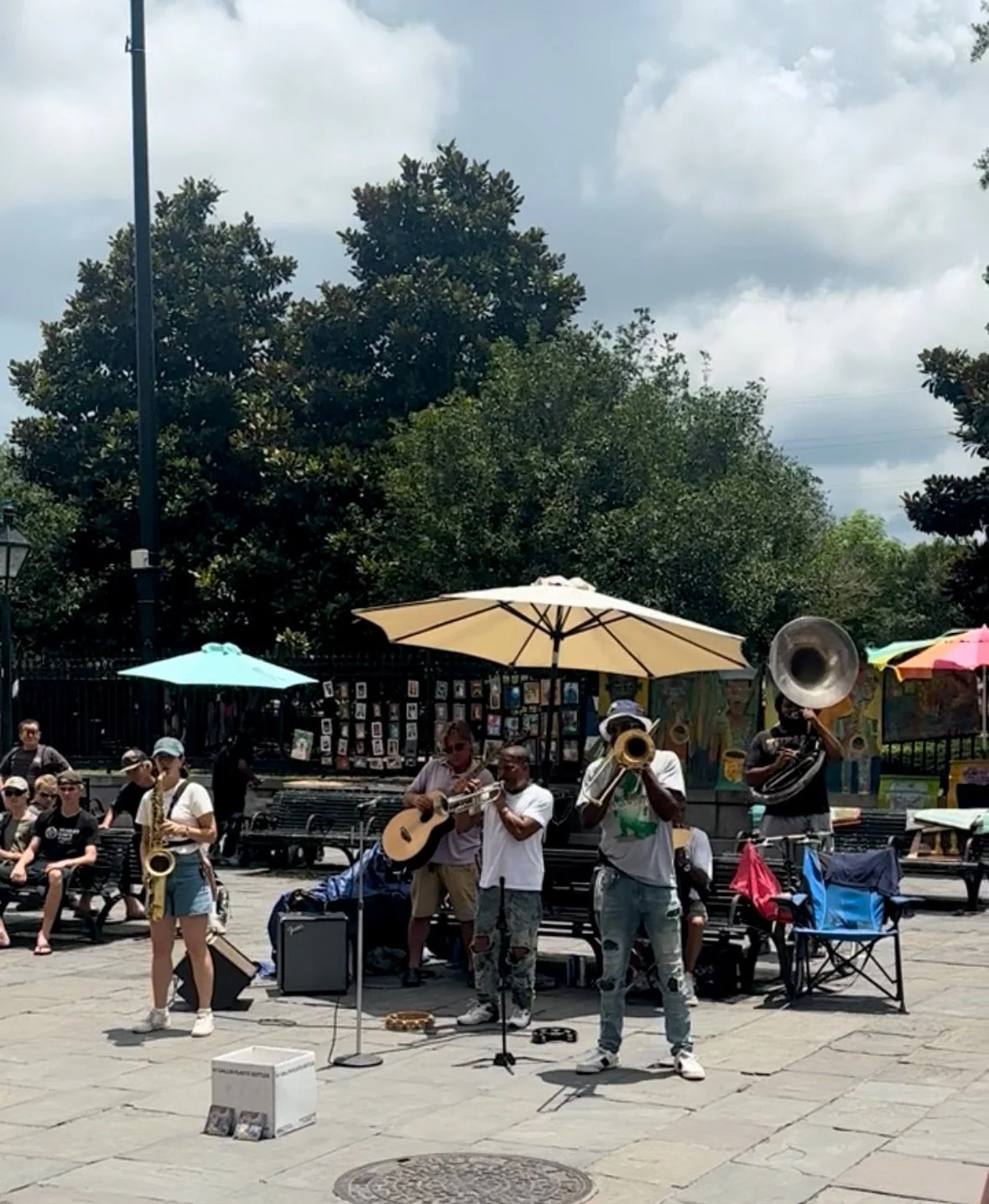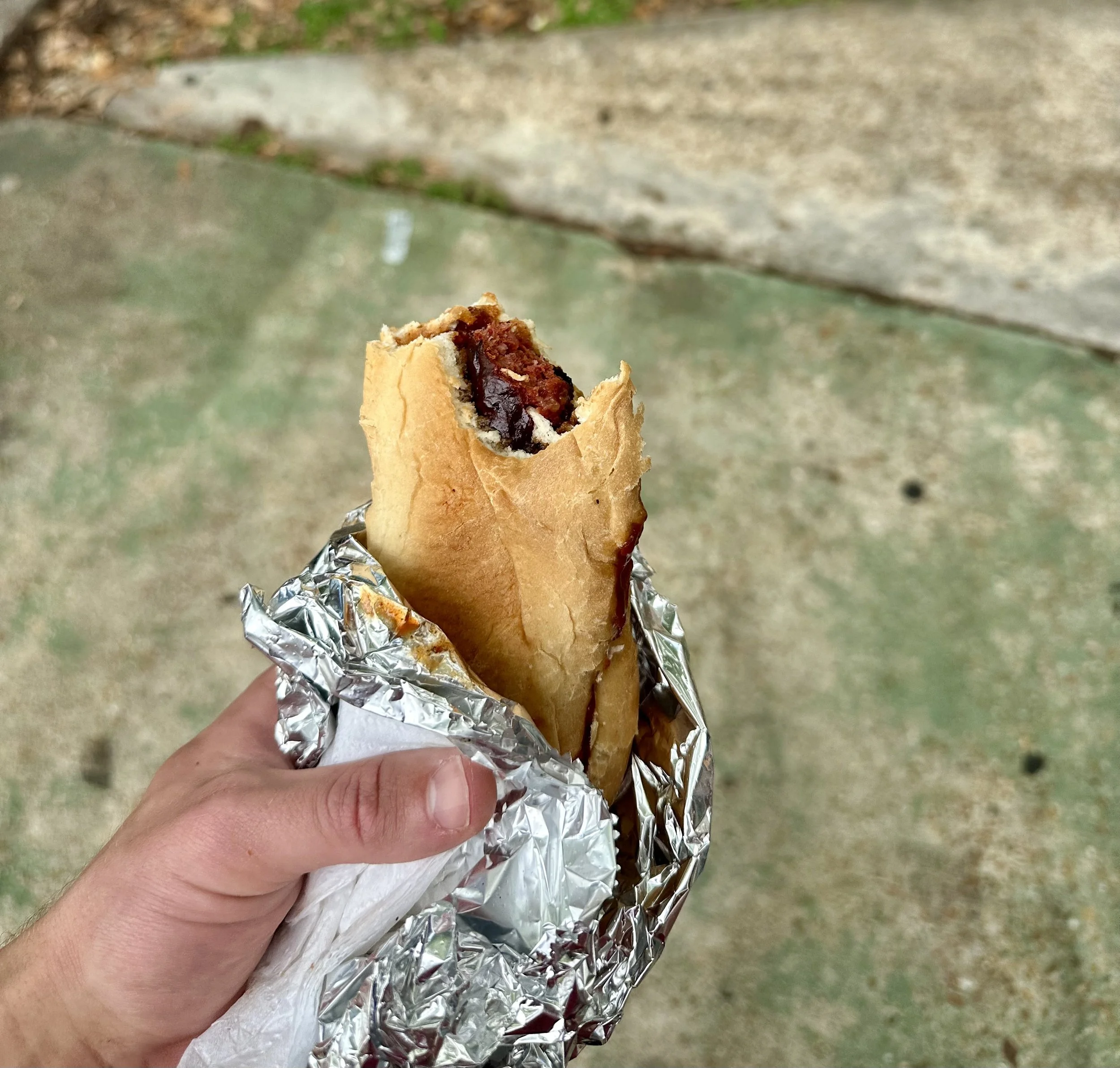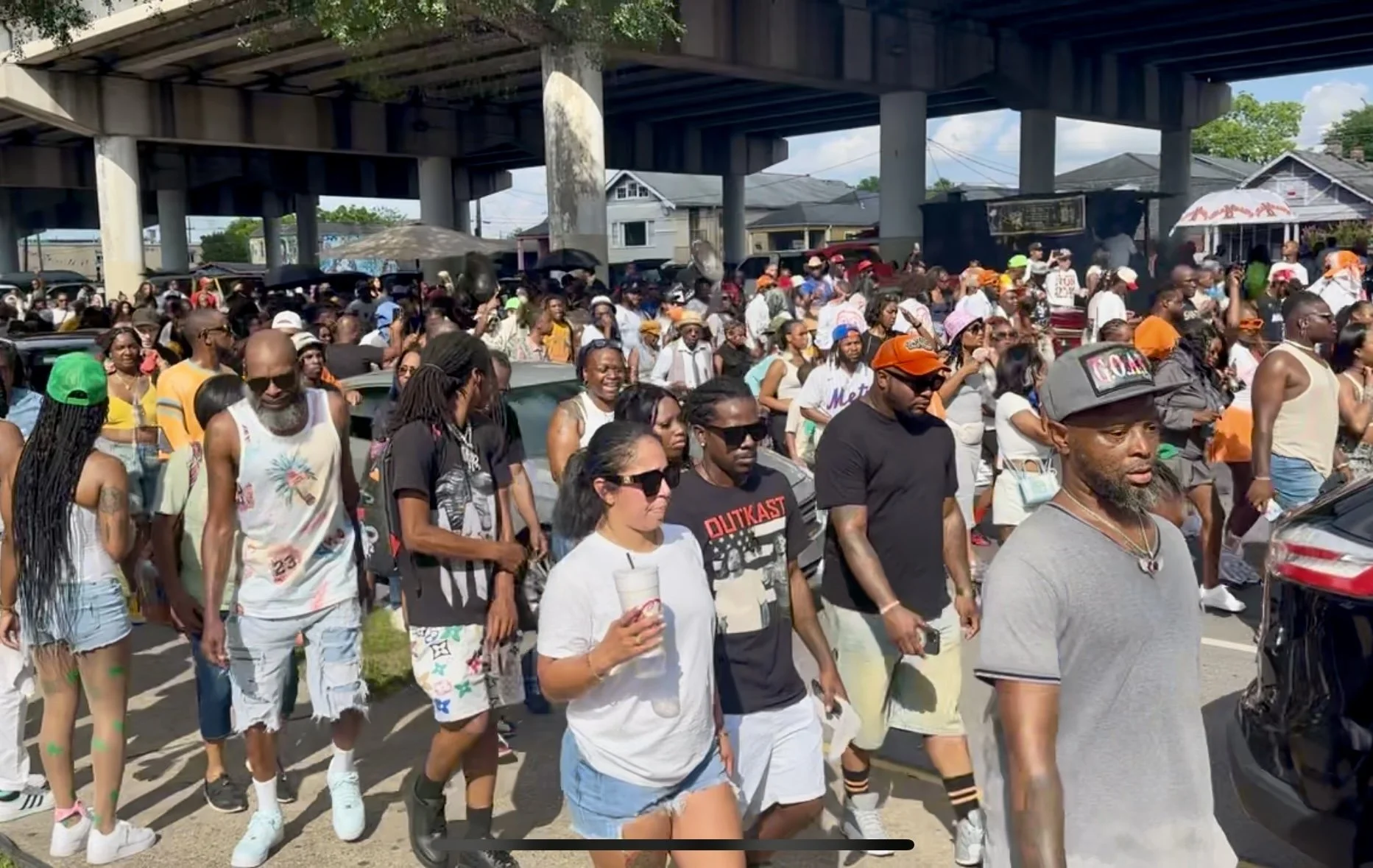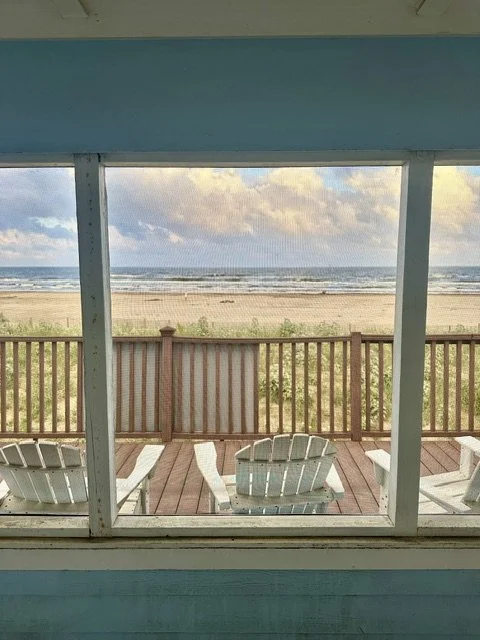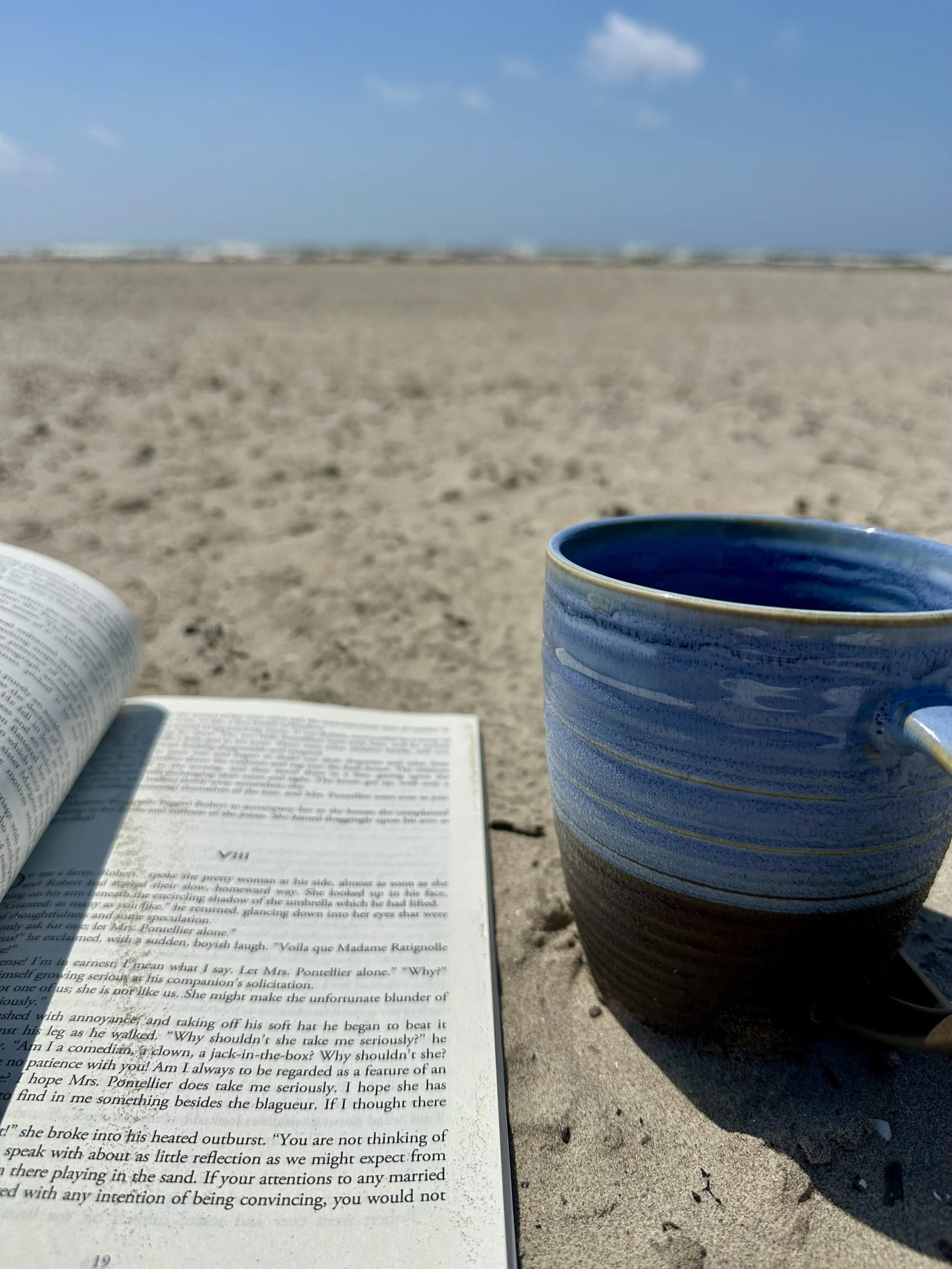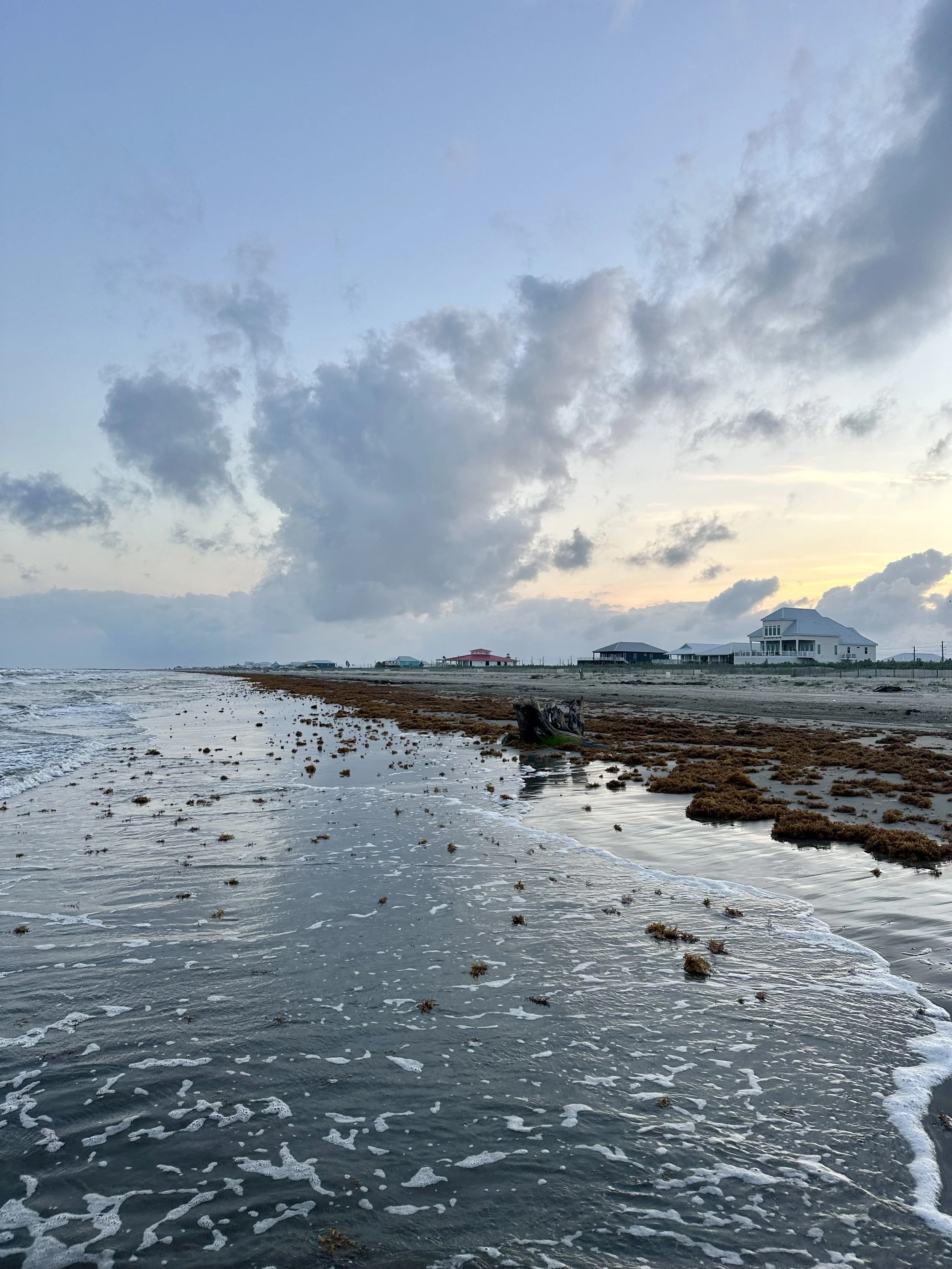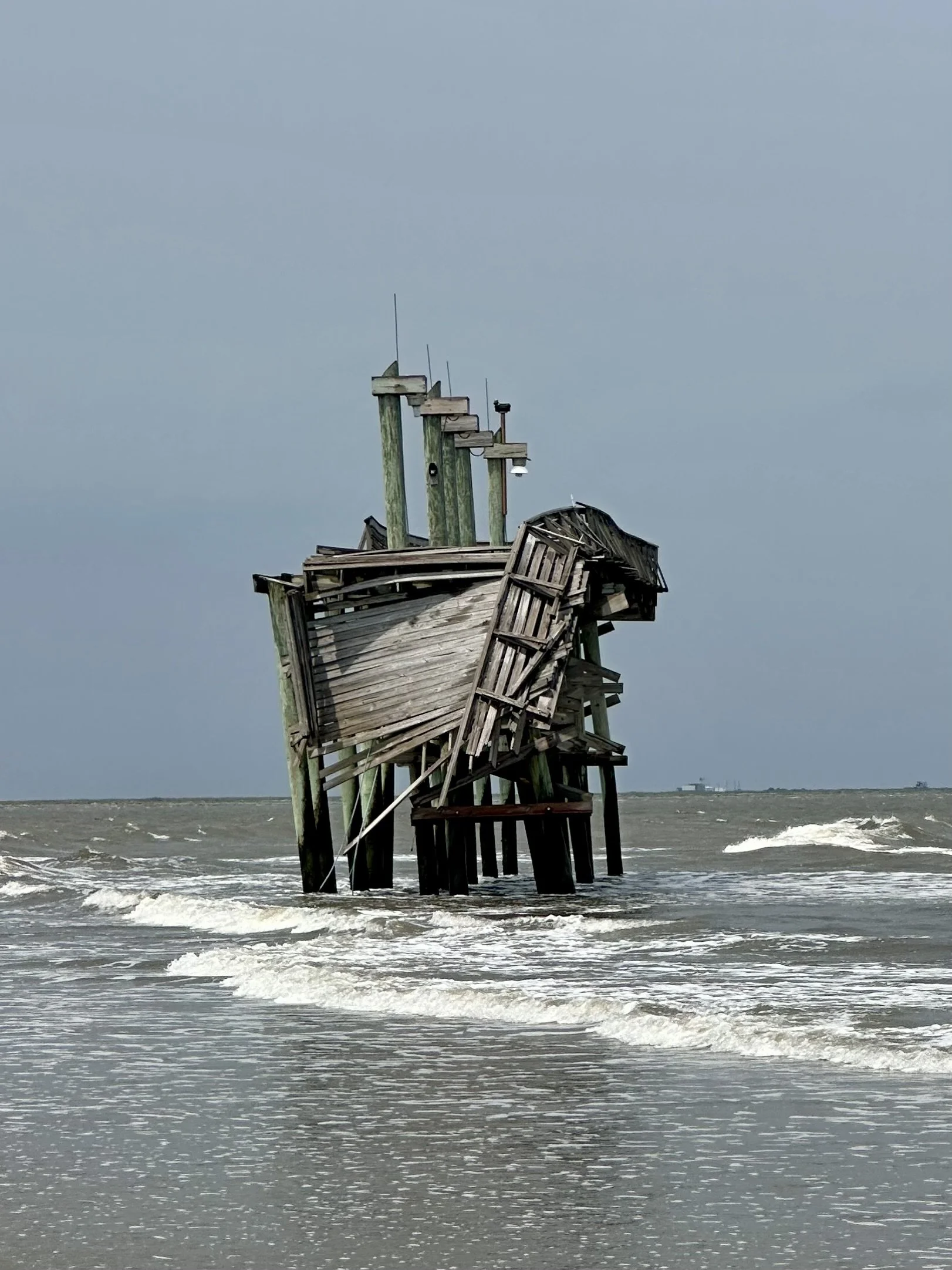Classic Building in the French Quarter
New Orleans really is a special place. You can hear that about any city, but the unique history of this one makes it a place that embraces the unorthodox, the decadence, and the eccentricity. After exploring the city for the past three weeks, I feel like I understand it better. More than that, though, I know that there are so many sides to it. I understand that I will never truly know what it’s like to live here.
As we took deeper dives into different perspectives, we were seeking out what was authentically New Orleans. Starting in the French Quarter, we explored the French and Spanish influence, the Cajun and Creole influence, and the history of enslavement and plantations. From the brutality of slavery to the myths of the old white south, there are so many perspectives from which history is told. We were in the same city for three weeks, but we never ran out of new perspectives to examine.
I think this is the most important takeaway I’ve had from this class. If you study history from just one perspective, you are most certainly missing something.
Studying novels instead of nonfiction gives us a closer look at the humanity behind each of these individual stories. What is it like to actually live here? New Orleans is one city, but each person who lives in it has their own snapshot of reality. This is critically important to studying history. Understanding the broad strokes over hundreds of years is good, but it's also essential to put ourselves in people’s shoes. What would it be like to live their day-to-day? Why did they make the decisions they made?
Reading these books and learning about these perspectives has helped make this sector of American History feel more real. Instead of just learning about the events that occurred, we had narratives to line them up with. We analyzed why characters made decisions and placed them in the context of their world. This is crucial when it comes to understanding history and its underlying causes.
Dinner at Café Beignet
Our group spent quite a lot of time in the French Quarter. It is the original boundary of the city and, therefore, the most historic, but now it's the most touristy part of the city. There are people here who lean into the tourism myths, and people who lean into the authentic culture of the city. In reality, I think these go hand in hand. The more we talked to people who live here, the more I found that people usually do both. Because what's more authentic than telling a good story so you can put food on the table?
I don’t look down on Bourbon Street. Sure, the music isn’t “Authentic New Orleans Jazz,” but it’s still the very real people of New Orleans selling a simplified version of their culture for some tourist dollars. And who am I to say that's not authentic?
New Orleans does sell a more watered-down version of its history for the tourist dollars, but that doesn’t mean it's hard to find the real cultural hubs. Towards the end of the trip, I found myself spending much more time past the French Quarter in the Marigny. Often considered “the locals’ Bourbon Street,” the focus seems to be much more on the music and less on the partying. I can understand the appeal of Bourbon Street, even if it’s not for me, but three weeks later, I still don’t tire of the Jazz Cafes I so often find myself in. That might be one of my favorite parts of the city. The people of New Orleans can fully lean into both sides. They lean into the stories and myths for tourists, and they lean into more authentic celebrations, such as Second Line parades.
Second Line Parade
One of my favorite examples of this was when we mentioned to our doorman Sean that we were going to a Second Line the next day. His face visibly lit up as he told us about his car parked right outside that was going to be on display. Here was someone who was both working full-time in the tourism industry and participating in a second-line parade. I now know that it isn’t about being touristy versus authentic; it's about being both. New Orleans is able to embrace tourism and be authentic.
In a way, that's what bookpacking has taught me. There are so many stories, so many perspectives in this city. Just like John Kennedy Toole and Walker Percy had different ideas of the world, even though they lived so close to each other. It would be a mistake to take any one of these books as fact; in reality, these are all just small pieces of New Orleans, many different perspectives of a unique and fascinating city.
“The crowd was typical of New Orleans, a cross-section of the Quarter’s denizens: artists, students, tourists, hustlers, musicians, and plain eccentrics.”
“The house was painted a dazzling white; the outside shutters, or jalousies, were green. In the yard, which was kept scrupulously neat, were flowers and plants of every description which flourishes in South Louisiana”
“New Orleans is a town of people who not only accept failure but also love it, wallow in it, even take pride in it.”
“The mythology of New Orleans—that it is always the place for a good time; that its citizens are the happiest people alive… can sometimes suffocate the people who live and suffer under the place’s burden, burying them within layers and layers of signifiers, making it impossible to truly get at what is dysfunctional about the city.”









